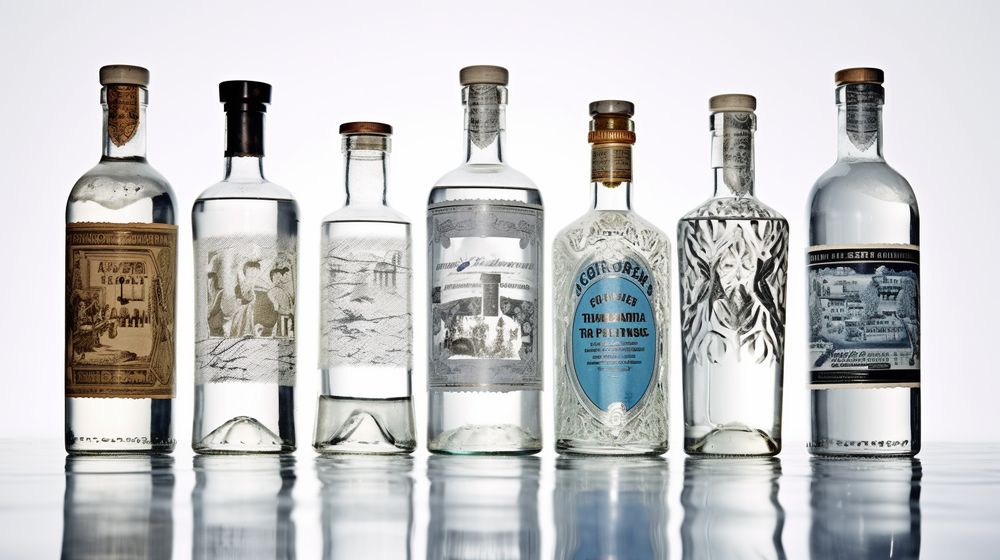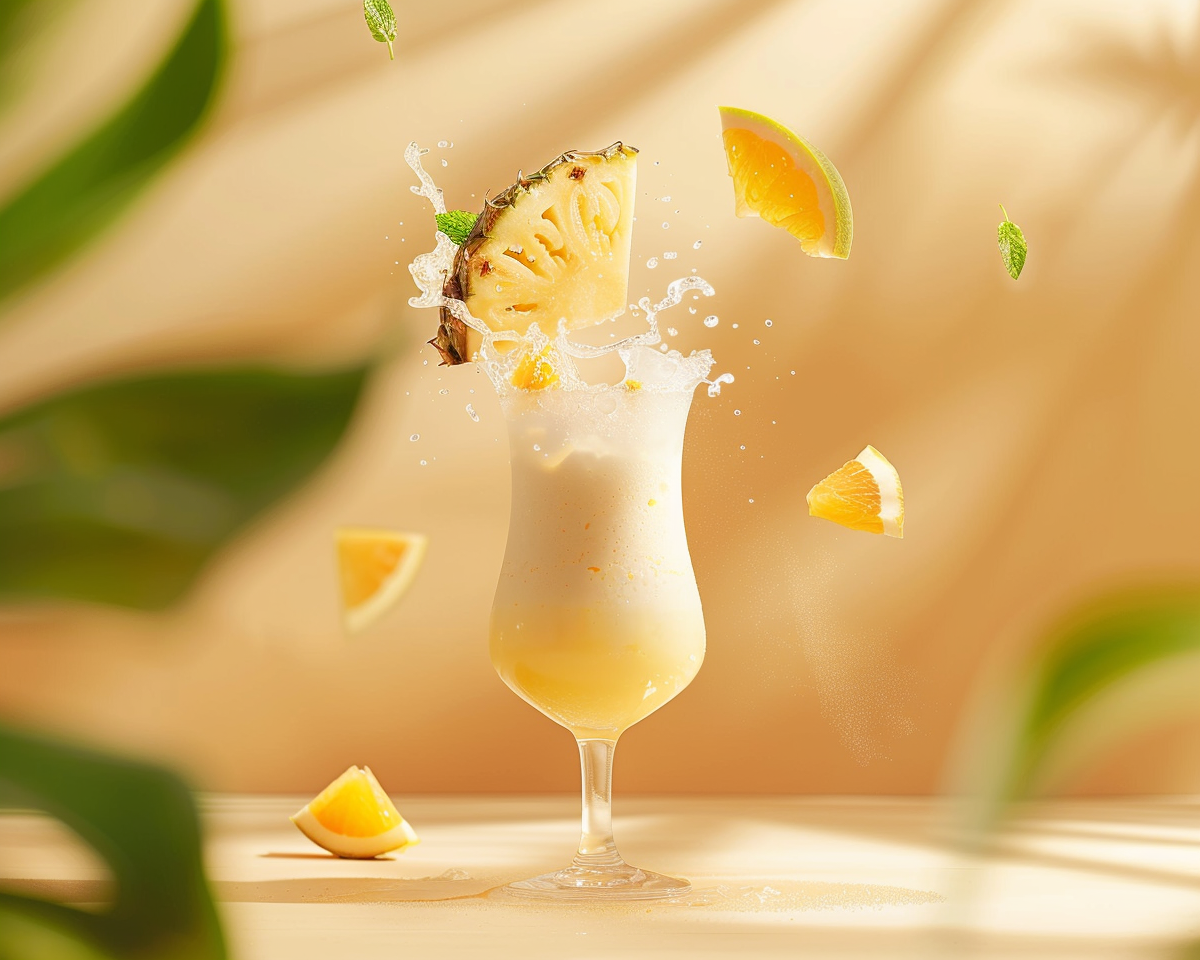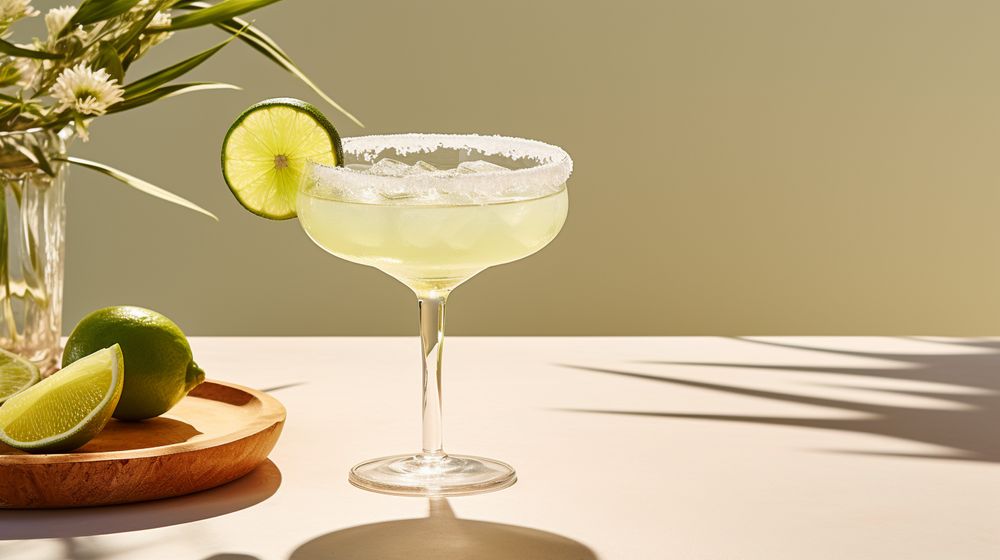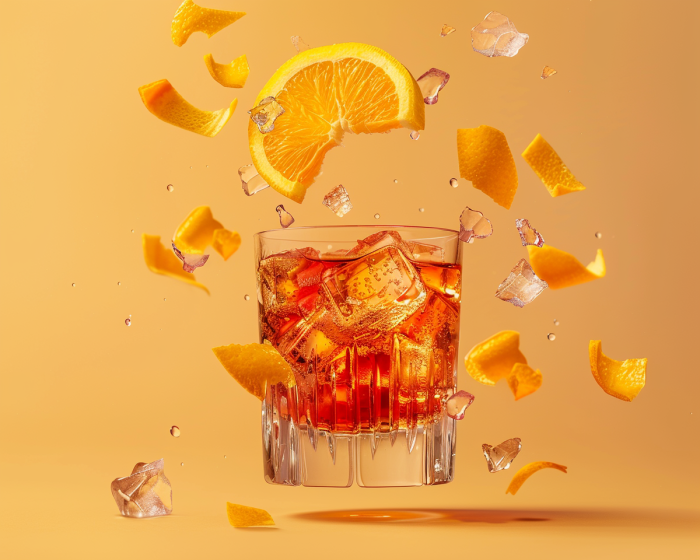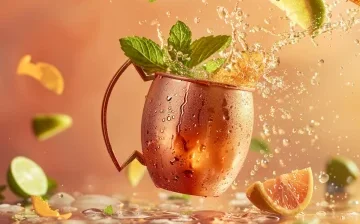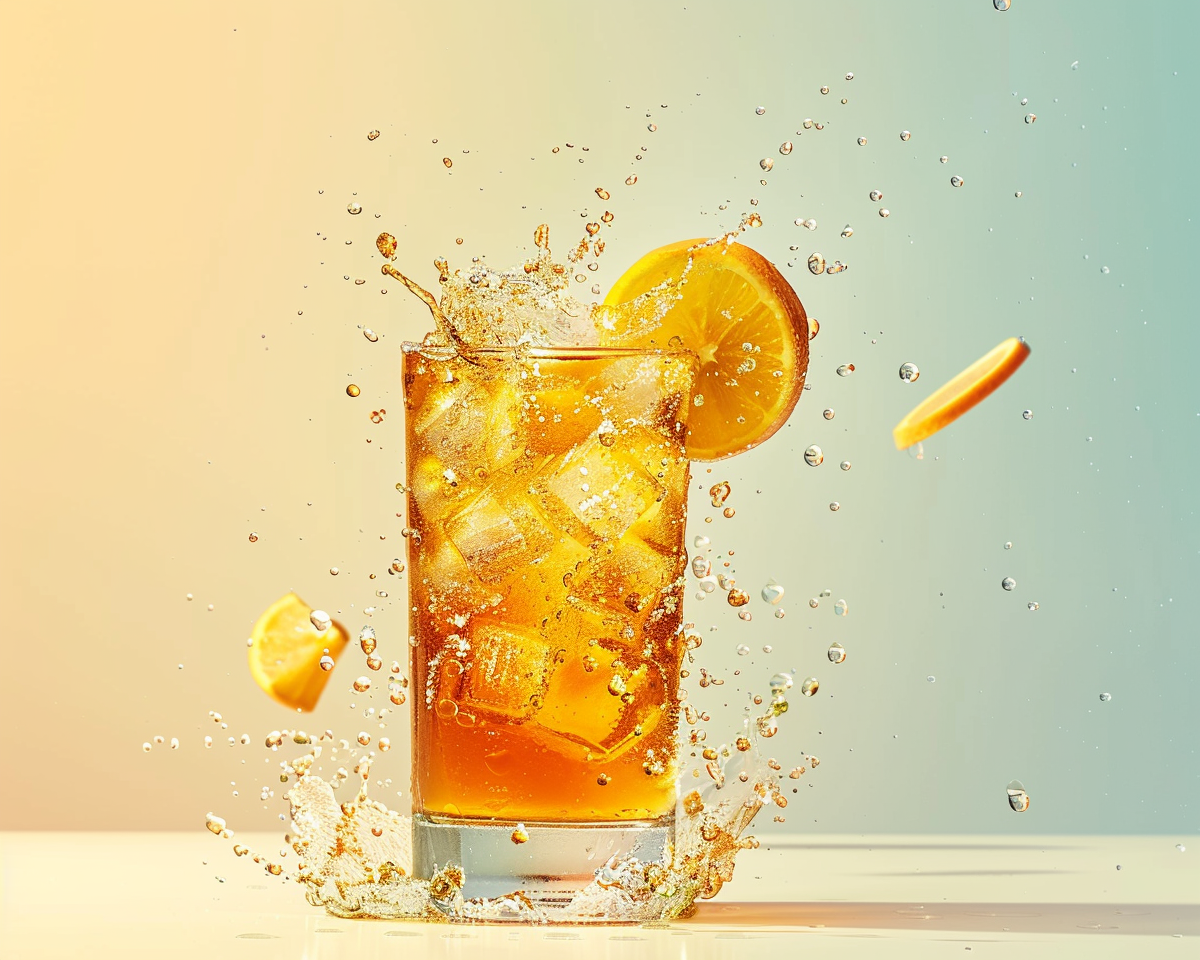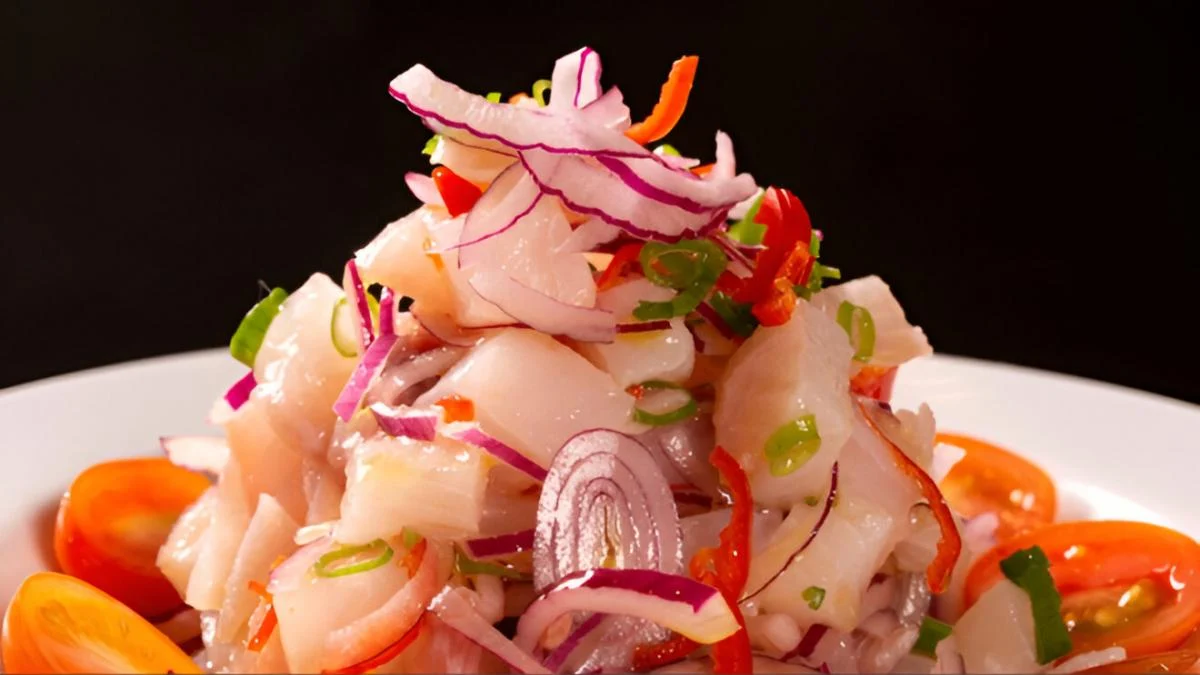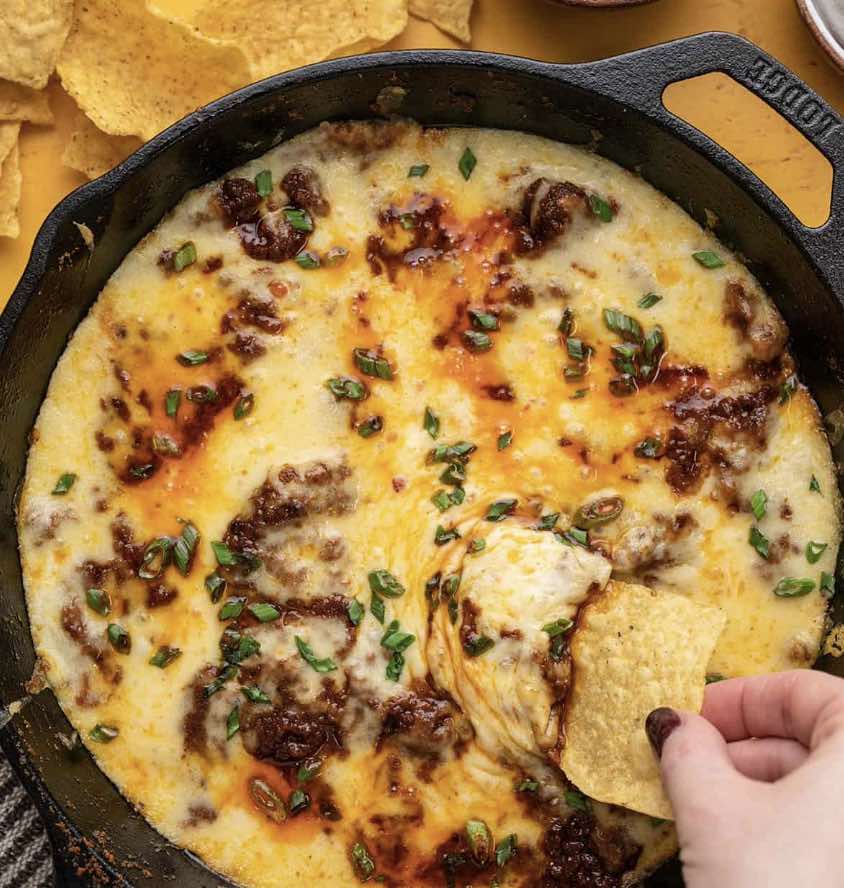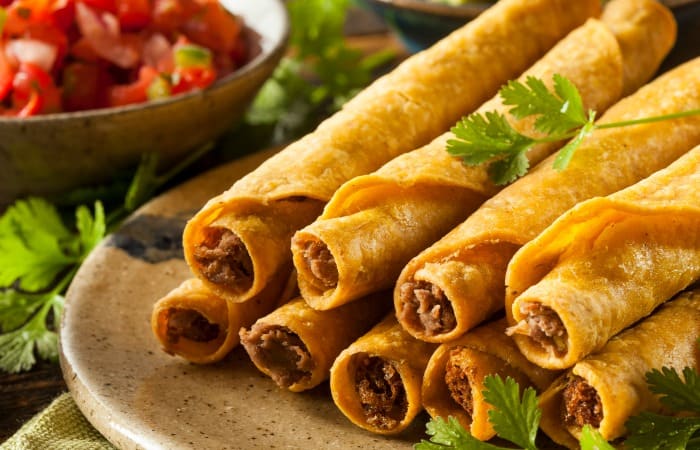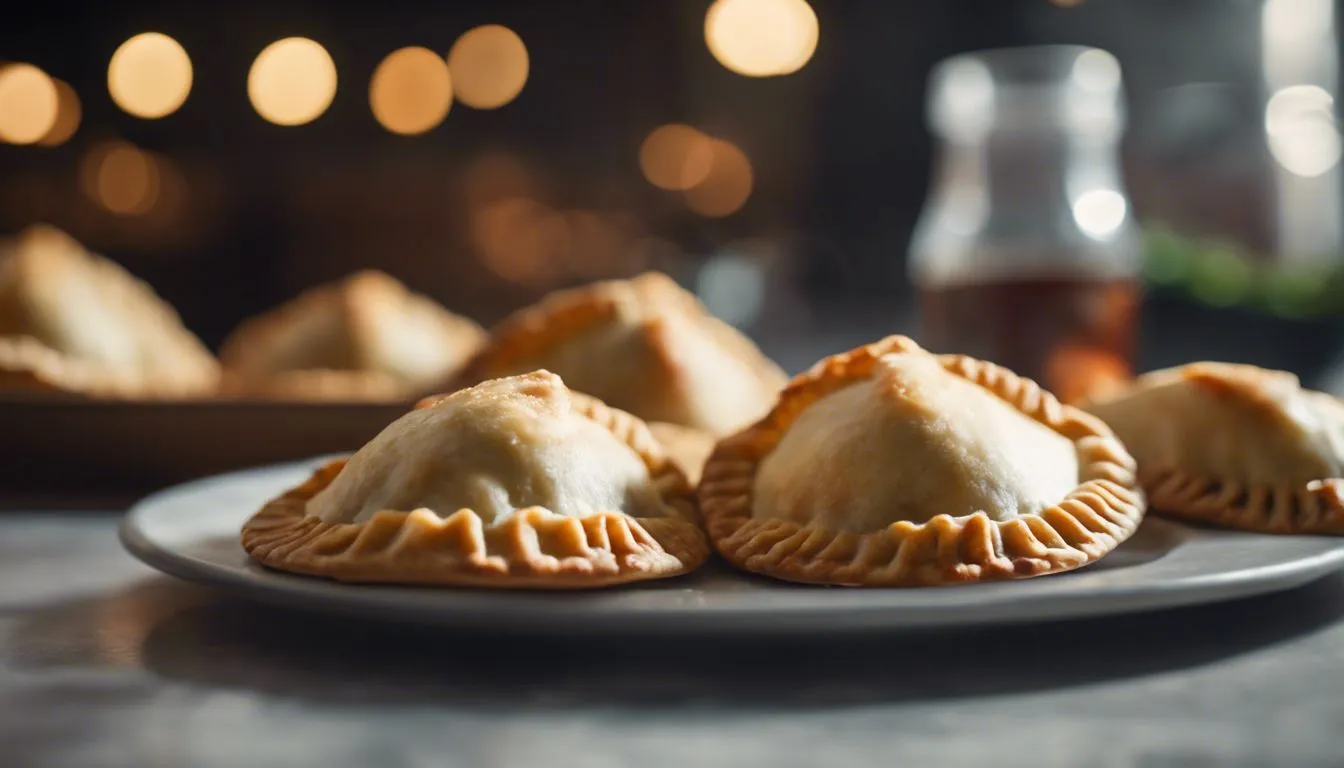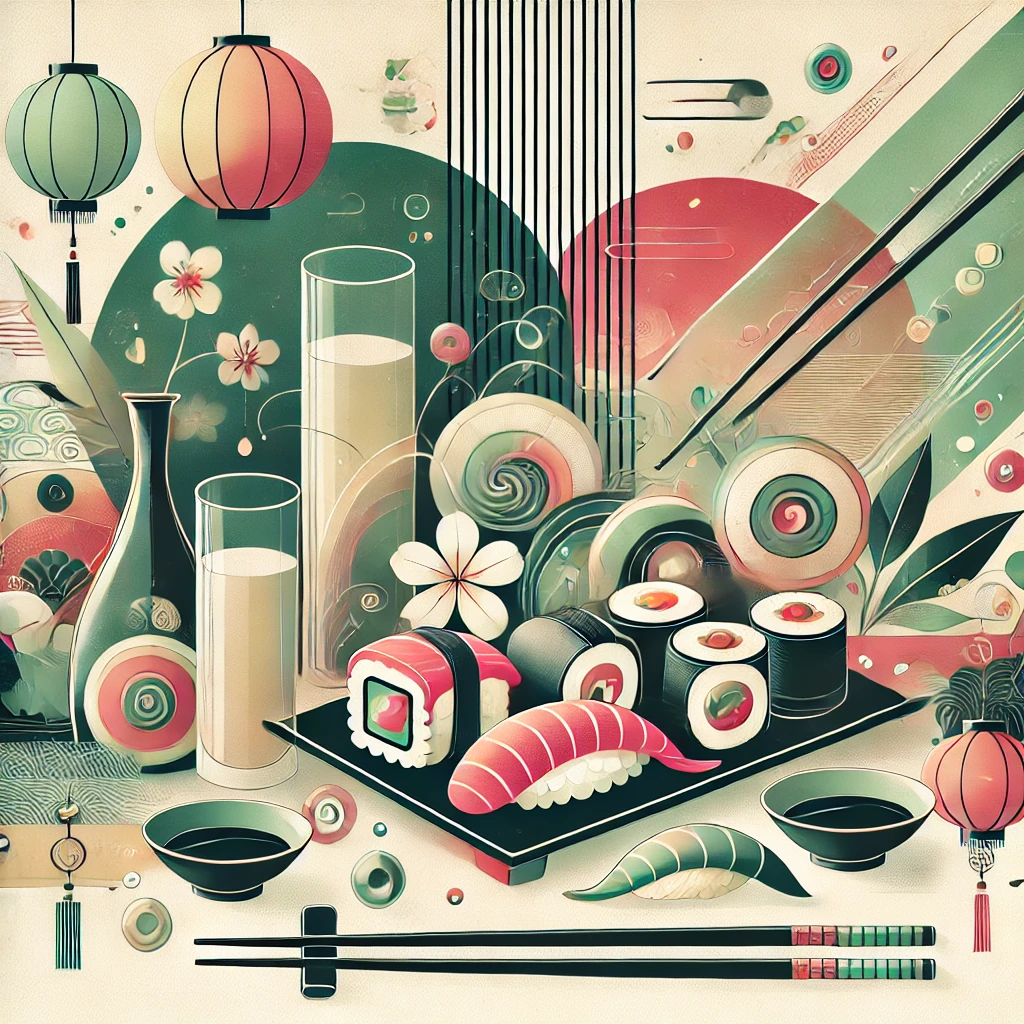Vodka Voyage: Navigating the Fluid Evolution of Vodka Over the Years
In the intoxicating world of spirits, vodka holds a significant place.
Its journey is steeped in history and innovation, painting a complex and intriguing picture.
Today, we will look at the vibrant evolution of vodka over the years, tracing its roots, affordability, luxury status, the rise of DIY distilling, flavor profiles, and role in shaping cultures all over the world.
Let’s unravel how this iconic spirit has broken the traditional production mold, embraced sustainability, and started to explore the visionary trends shaping its future.
A Drop of History: The Origin of Vodka and its Early Evolution
Let’s wind the clock back, far, far back, to vodka’s earliest days. Picture this: it’s the 8th or 9th century, and in the frosty climes of Eastern Europe, vodka is being distilled for the very first time.
Yes, you heard it right. Vodka, the spirit we all know and love, was initially developed as a medicine!
These early tonics were often infused with herbs or fruits to enhance their healing properties.
The Early Production Process:
- Fermentation:
The process began with the fermentation of grains or potatoes, ingredients plentiful in this region.
- Distillation:
The fermented substance was then distilled to increase its alcohol content, producing a spirit not too dissimilar from the vodka we know today.
- Flavoring:
The resulting liquid was often flavored with local fruits or herbs, both to mask its rough taste and to imbue it with ‘healing’ properties.
Around the 14th century, vodka began to be consumed recreationally. It started being served at religious ceremonies, family gatherings, and even political events.
If we were to outline the progression of vodka from a medicinal concoction to a widely consumed spirit, it would look something like this:
| Century | Vodka’s Role, |
| 8th-9th | Medicinal Usage |
| 14th | Introduction to Social Gatherings |
| 17th | Widespread Recreational Consumption |
| 19th | Industrialization & Standardization |
| 20th | Global Expansion & Flavored Vodka |
| 21st | Craft Movement & Premium Brands |
During the 17th and 18th centuries, vodka started being produced on a more commercial scale, primarily in Russia and Poland.
These two countries continue to be powerhouses in vodka production to this day, but back then, their methods were very different.
In fact, it wouldn’t be until the late 19th century, with the introduction of the continuous column still, that vodka production became a more standardized and consistent process.
That said, let’s not get ahead of ourselves. The continuous column still was a game-changer, for sure. It helped distillers achieve a much purer and smoother vodka than was possible with the pot stills of old.
But before its advent, vodka was, let’s say, a little wilder and less predictable.
This was part of its charm and appeal.
In the centuries leading up to this momentous invention, vodka was something of a surprise in every bottle.
The ingredients, the distillation process, and the alcohol content – they varied from one distiller to the next. It was a free-spirited spirit, if you will, with regional variations playing a significant role in the taste and quality of the end product.
This patchwork of production methods led to an array of unique vodkas, each reflecting the character of their place of origin.
Budget Brews: The Evolution of Affordable Vodka Brands
The late 20th century saw a boom in vodka’s popularity worldwide.
As more people developed a taste for this clear, versatile spirit, the demand for more accessible, budget-friendly options began to rise. And so, enterprising distilleries stepped up to meet the call.
The Birth of Vodka Budget Brands
Brands like Popov, Svedka, and Smirnoff began to carve out a niche for themselves as the go-to options for those seeking to enjoy vodka without breaking the bank.
These labels focused on maintaining decent quality while keeping prices reasonable, democratizing vodka consumption like never before.
Here’s how they managed this balancing act:
- Efficient Production Methods: High-volume production techniques were employed to reduce costs. This meant using modern, mechanized distillation and bottling processes.
- Bulk Sourcing: Sourcing ingredients in large quantities helped bring down prices further. For example, grains, the primary ingredient in many budget vodkas, were often procured in bulk.
- Smart Marketing: Rather than relying on high-cost advertising campaigns, these brands leveraged word-of-mouth referrals and targeted local marketing to build their reputations.
| Key Affordable Vodka Brands | Origins | Key Success Factors |
| Popov | USA | Large-scale production and affordable pricing |
| Svedka | Sweden | Superior quality at budget pricing and clever marketing strategies |
| Smirnoff | Russia | Historic brand reputation and global availability |
These brands have managed to hold their own against their more expensive counterparts, proving that you don’t need to pay top dollar to enjoy a decent vodka.
In fact, some of these affordable brands have developed cult followings and are staples in many a home bar.
Despite the lower price tags, these brands never stopped prioritizing the quality of their vodka.
Sure, they may not compete with ultra-premium brands that boast unique distillation processes or rare ingredients, but they’ve certainly nailed the balance between cost and quality.
What’s more, the evolution of affordable vodka brands hasn’t slowed down.
The 21st century has seen the rise of even more budget-friendly labels that are pushing the boundaries of what’s possible in this category.
From up-and-coming brands like Rikaloff and Taaka to established players venturing into more affordable offerings, there’s never been a better time to be a vodka lover on a budget!
The Epitome of Luxury: – Evolution of High-End Vodka Brands
The 21st century has been a goldmine for luxury vodka brands.
As consumer tastes evolved and demand for superior-quality spirits grew, distilleries began to up their game, launching premium vodka brands that were as much about the experience as the drink itself.
These high-end vodkas weren’t just alcohol; they were status symbols, fashion statements, and conversation starters.
A Class Apart: The Making of a Premium Brand
Three brands that have truly encapsulated this premium appeal are Grey Goose, Belvedere, and Stolichnaya’s elit.
Each with their unique story and offering, these brands have managed to create an aura of luxury that is unmatched. Let’s break down their success formula:
- Top-Notch Ingredients: Premium vodka brands source the highest quality ingredients, often from specific regions known for their excellence. For instance, Grey Goose exclusively uses wheat from the French region of Picardy and spring water from Gensac-la-Pallue.
- Innovative Processes: These brands often employ unique production processes to ensure superior quality. Belvedere, for instance, is known for its quadruple distillation process, which gives the vodka its distinctive smoothness.
- Exclusive Packaging: Luxury brands also understand the power of presentation. Each bottle is carefully designed to radiate exclusivity. Take Stolichnaya’s elit, which boasts a sleek and elegant design that exudes luxury.
- Marketing Genius: High-end vodka brands masterfully utilize marketing strategies to position themselves as aspirational products. They associate themselves with prestigious events, celebrity endorsements, and high-end establishments.
| Luxury Vodka Brands | Key Distinctive Features |
| Grey Goose | Superior French ingredients, distinct distillation, and iconic frosted-glass bottle |
| Belvedere | Quadruple distillation, Polish rye, and the elegant, transparent bottle |
| Stolichnaya’s elit | Ultra-luxury offering, freezing filtration process, and sleek design |
Over the years, these brands have not only maintained their luxurious appeal but have continued to grow it.
They’re constantly innovating, whether it’s experimenting with rare ingredients, unveiling limited-edition offerings, or partnering with luxury designers for bespoke bottle designs.
Take, for example, the limited edition Belvedere (RED) bottle, an initiative to support the Global Fund to fight HIV/AIDS in Africa.
Or Grey Goose’s special “Vive La Vodka” limited edition bottle, a nod to its French roots.
These brands are continually finding ways to maintain their high-end appeal while resonating with consumers.
In the end, the success of these premium vodka brands lies in their ability to offer more than just a drink.
They provide an experience, a taste of luxury that goes beyond the liquid in the bottle.
The Craft Revolution – How DIY Vodka Making Has Changed Over Time
The democratization of vodka-making comes with the growth of the craft spirits sector.
Here, distillation has evolved from a mysterious art to a craft hobby accessible to anyone willing to invest time and effort. Significant influences include:
- The proliferation of home distillation kits, enabling vodka enthusiasts to experiment with the spirit’s production at home.
- Tutorials and classes offered by renowned distilleries, empowering hobbyists with expert knowledge and skills.
- Craft distilleries like Tito’s Handmade Vodka inspiring a new generation of DIY vodka makers.
Flavor Odyssey – Evolution of Vodka Flavor Profiles
The palate of vodka has expanded from its traditional neutral profile to a rainbow of flavors. This evolution, driven by:
- Consumers’ increasing demand for unique, experimental tastes
- Advanced infusion and maceration techniques allowing distillers to create a variety of flavor profiles
- Brands like Stolichnaya and Pinnacle pioneering the flavored vodka revolution
Cultural Influence – How Vodka Has Evolved Differently Across The World
As a globally celebrated spirit, vodka has adapted to and been shaped by different cultural influences. Key aspects of this include:
- Variations in raw materials used, reflecting local produce availability. For example, potato-based vodka in Poland and grain vodka in Russia.
- Regional regulations impacting vodka’s definition and production methods. Brands such as Ketel One from the Netherlands and Chopin from Poland offer unique interpretations of the spirit.
Breaking the Mold – Innovative Shifts in Vodka Production Methods
Vodka production has come a long way from its primitive beginnings, thanks to advancements in technology and new distillation methods. Standout changes include:
- Continuous column distillation improving the spirit’s purity and consistency.
- Organic and non-GMO ingredients being used to appeal to health-conscious consumers.
- Brands such as Hangar 1 and Fair driving innovation in vodka production.
Sustainability Sips – The Evolution of Eco-friendly Vodka Production
Sustainability has become a driving force in vodka production, reflected by:
- Use of locally sourced, organic ingredients reducing carbon footprints
- Implementation of water and waste management practices in distilleries
- Brands like Prairie Organic Spirits and Reyka setting the standard for sustainable vodka production
Conclusion
The tale of vodka’s evolution over the years is not just a story about a beverage; it’s a fascinating narrative that intertwines with our global history, economy, cultures, and evolving tastes.
It’s an account of ingenuity and innovation, of meeting consumer demands while also daring to set new trends.
From its humble roots in Eastern Europe to the sleek bottles on global bar shelves today, vodka has shown a remarkable ability to transform and adapt.
The journey has been characterized by notable shifts in affordability and luxury, significant strides in DIY vodka making, and dynamic shifts in flavor profiles that challenge the convention.
This spirit has painted a picture of diverse cultural influences across the globe, constantly innovating and breaking the mold to redefine what vodka can be.
The evolution reflects our growing consciousness towards sustainability, proving that the spirit industry can be a part of the solution to our environmental challenges.
As we look to the future of vodka, we see a landscape rich with potential.
Artisanal methods, unique flavors, and eco-friendly practices are all carving out their niches, shaping the vodka industry for the years to come.
The constant metamorphosis of vodka serves as a testament to the resilience and adaptability of this classic spirit, ensuring that its future will be every bit as exciting as its past.
As we explore the evolution of vodka over the years, we’re reminded that change is the only constant, and in vodka’s case, that change is as smooth as the spirit itself.
Spirited Queries: Frequently Asked Questions about the Evolution of Vodka
1. What is the origin of vodka?
Vodka originated in Eastern Europe, specifically Russia and Poland, around the 8th or 9th century. Initially used for medicinal purposes, its popularity as a recreational drink spread over the centuries.
2. How has vodka production changed over the years?
Vodka production has evolved significantly, from primitive distillation methods to modern, high-tech processes. The most notable development was the introduction of continuous column distillation in the 19th century, which revolutionized the purity and consistency of vodka.
3. Which brands led the evolution of affordable vodka?
Several brands have contributed to the evolution of affordable vodka, with Svedka and Popov being notable examples. They’ve been able to offer quality vodka at reasonable prices thanks to efficient production methods and strategic marketing.
4. How did vodka become a luxury spirit?
Vodka ascended into the world of luxury through exceptional distillation processes, premium ingredients, sophisticated branding, and strategic celebrity endorsements. Brands like Grey Goose and Belvedere have been at the forefront of this transformation.
5. What is the history of flavored vodka?
The history of flavored vodka dates back to its early medicinal use when herbs and fruits were added to improve the taste. However, the modern trend of flavored vodka started in the late 20th century with brands like Stolichnaya and Pinnacle pioneering the movement.
6. How has the rise of non-alcoholic vodka occurred?
The rise of non-alcoholic vodka aligns with the global trend towards healthier and more mindful drinking. Technological advancements have enabled the replication of vodka’s characteristic taste without the alcohol content, and brands like Seedlip and Lyre’s are leading this change.
7. What are the regional differences in vodka production?
Regional differences in vodka production are influenced by variations in raw materials used and local regulations. For instance, Polish vodka often uses potatoes, while Russian vodka traditionally uses grains.
8. How are vodka brands becoming more eco-friendly?
Vodka brands are becoming more eco-friendly by using locally-sourced, organic ingredients and implementing sustainable water and waste management practices. Brands such as Prairie Organic Spirits and Reyka are setting the standard for sustainable vodka production.
